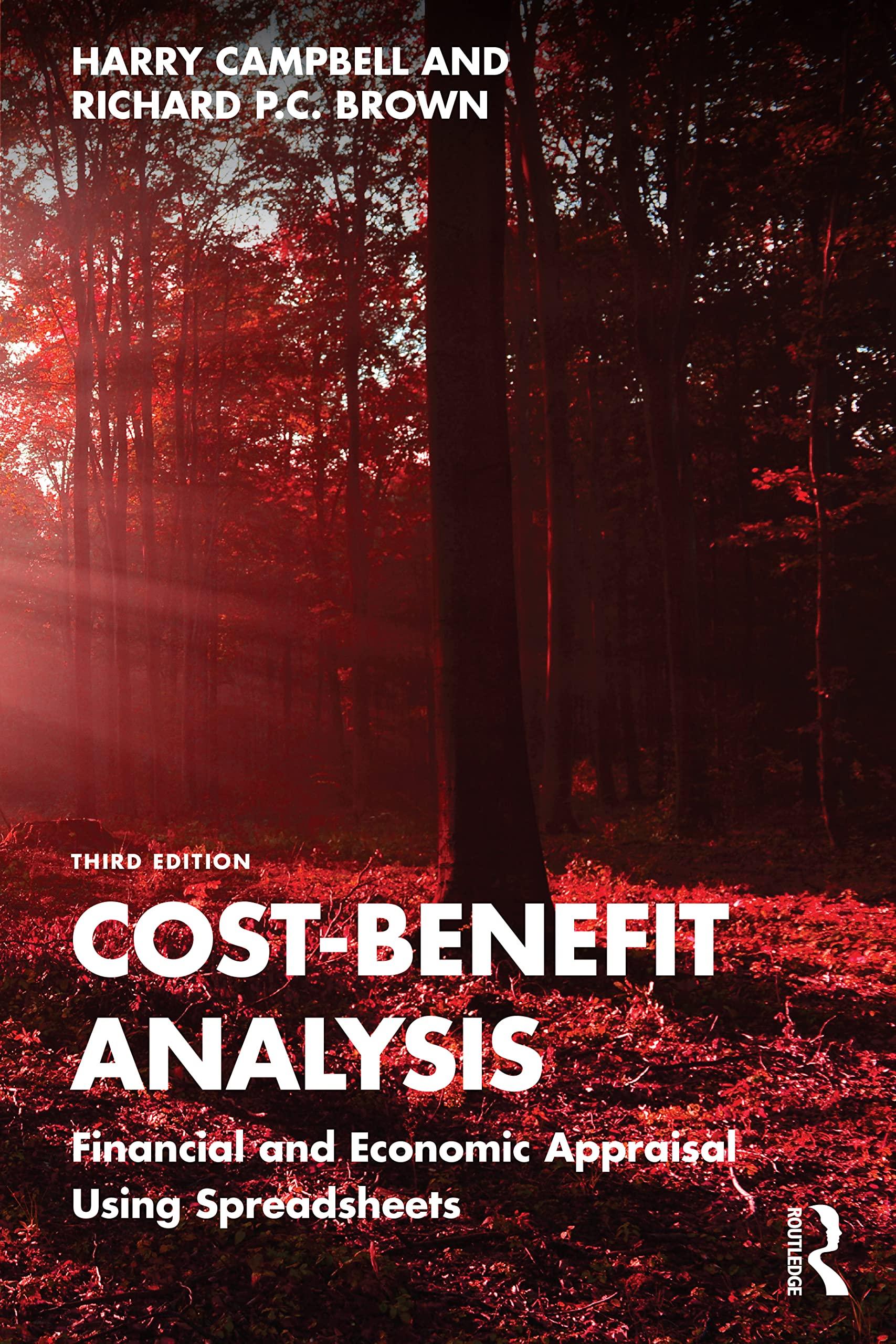100% BANK 2007 Business Finance Topic 6 Workshop Exercises and Solutions Ex A How does one calculate the weighted average cost of capital? Ex B Consider a company that has the following values: Cost of equity Cost of debt Book value of equity Book value of debt Market value of equity Market value of debt 17.6% 9.5% $1,700,000 $500,000 $2.319,000 $541.650 What is this company's WACC, assuming no taxes? Ex-C Calculate the WACC of AOI Ltd, using the following information. Statement of financial performance extract Liabilities 4 year bonds ($100 par) $10.000.000 Shareholders' funds Paid-up capital ordinary shares (31 par) $25.000.000 Preference shares ($10 par) $5.000.000 Additional information The ordinary shares are currently trading at $4.20 per share, Commonwealth government bonds trade at 5%. The return on the market portfolio is 13.5%. AOI's beta is 1.25 Its bonds are priced at $96.50 and its preference shares are trading at par. The coupon on the bonds is 7% paid annually. The preference shares pay a $1.20 dividend No company or personal taxes are levied, The existing capital structure is unlikely to change. 02 . . . . . . e 2 1 2 100% . a BANK 2007 Business Finance Topic 6 Exercises Ex-D (a Calculate the company cost of capital (or WACC) of Kangas Ltd, a company that commenced operations many years ago. Relevant details relating to the company include the following Extract from statement of financial performance Liabilities Bonds ($100 par. 12.5% coupon-annual, 3 years to maturity) $4,000,000 Owners' equity Ordinary shares ($0.50 par) Preference shares (53 par) $7.500,000 $1,500,000 Additional information An interest payment in relation to the debentures has just been made, and they mature three years from today. The market rate of interest on the bonds is 15%. (Use this to calculate the market value of the debt.) The preference shares are trading on the market at $3.00, and a dividend of 21 per share has just been paid. Forecasts in relation to market retums are as follows: expected risk-free rate of retum 6.5%, expected return on the market portfolio - 16,0%; and the systematic risk of Kangas ordinary shares is the same as the market portfolio's systematic risk. These shares are trading on the market at $0.63 cach. (b) In practice, why would management wish to calculate a company's WACC. i.e. what does it represent? Briefly describe the circumstances under which it would be appropriate for Kangas management to use the WACC calculated in part (a) for project evaluation. Under what specific circumstances would it be inappropriate to use this WACC








